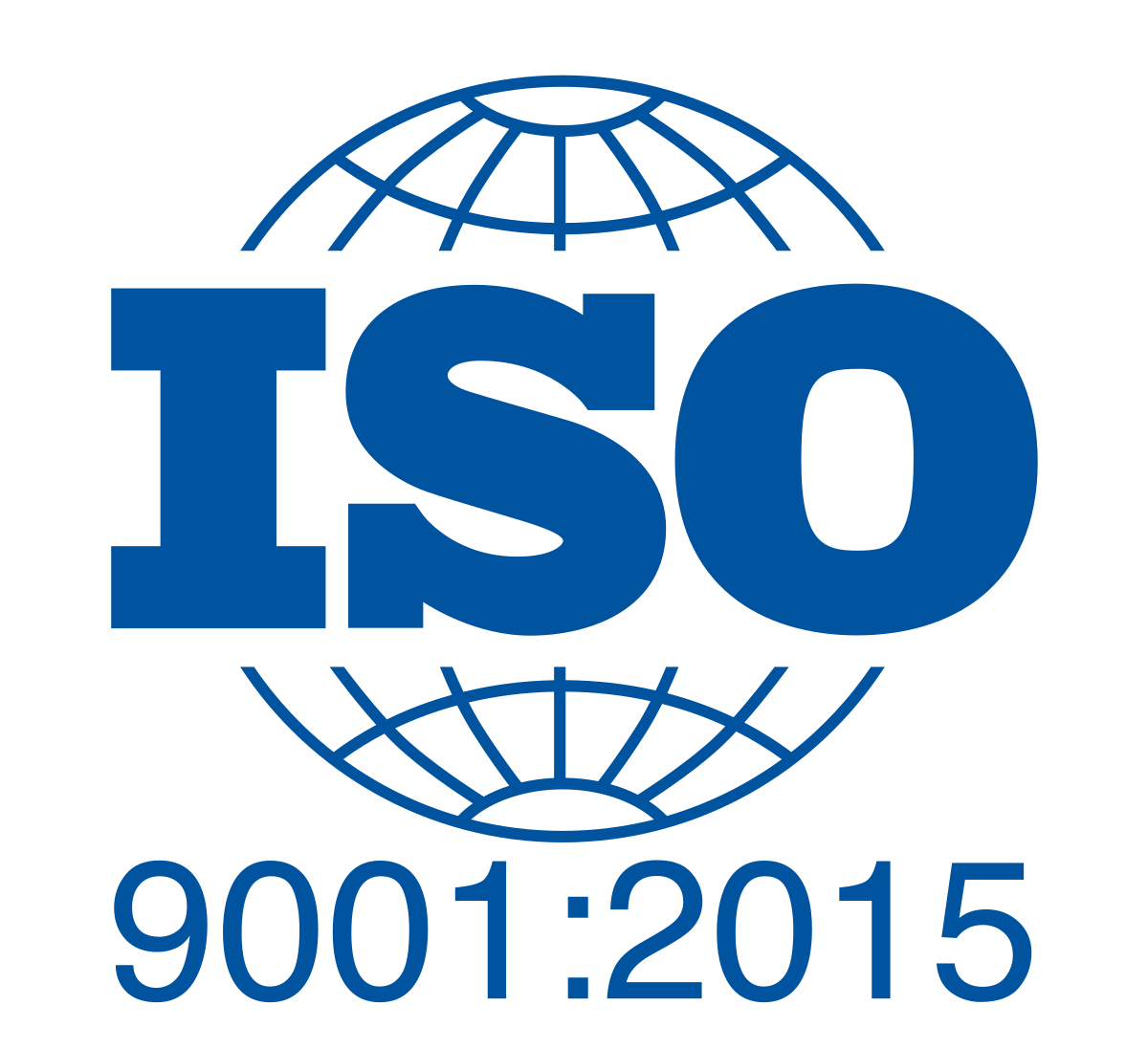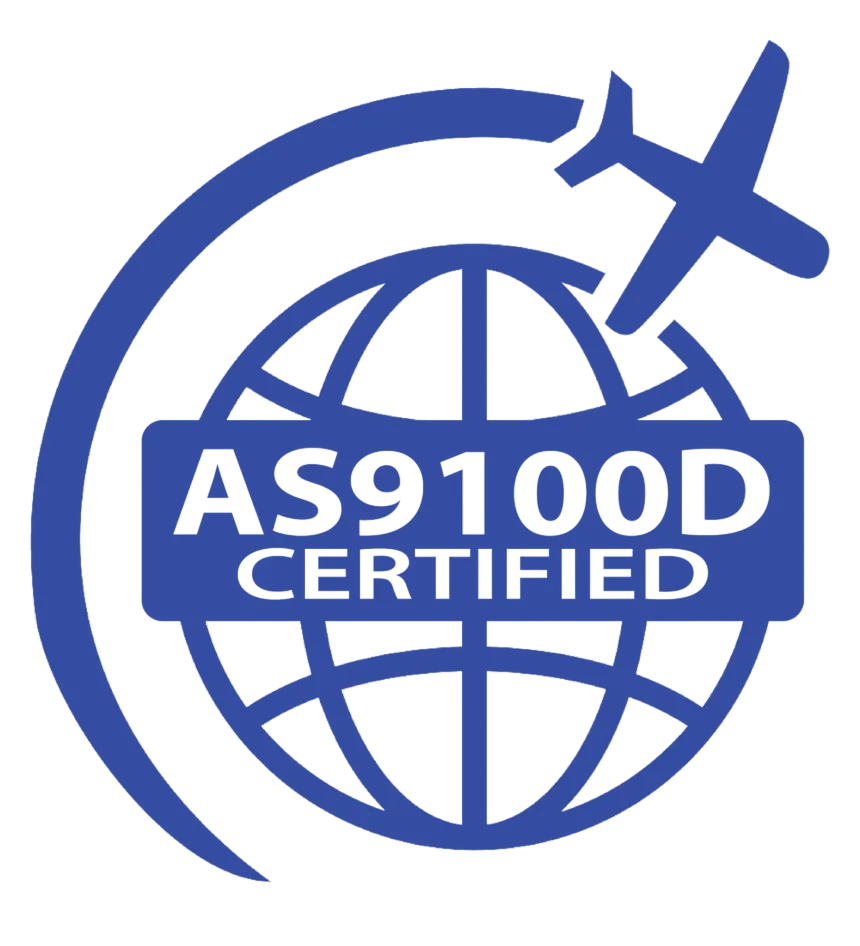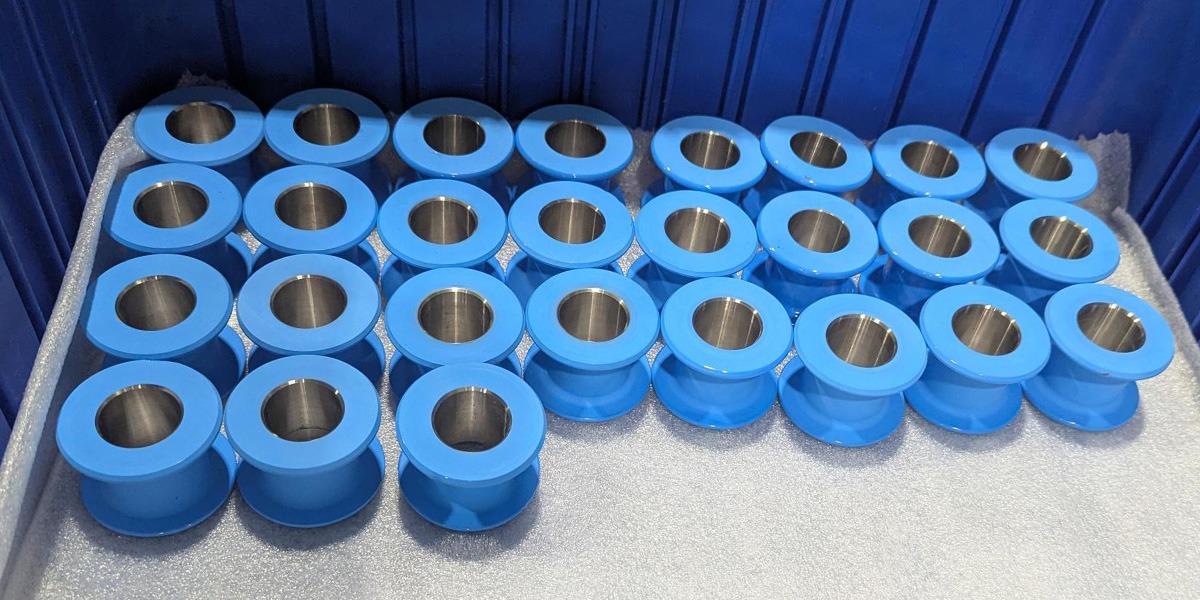There’s no margin for error in aerospace machining. When a single out-of-spec bolt or a misrouted part can ground an entire aircraft—or jeopardize a multi-million-dollar program—every link in the supply chain must be proven, not just promised. In this environment, certificates like ISO 9001:2015 and AS9100D aren’t about checking boxes or hanging plaques in the front office. They’re about fundamentally restructuring how a shop tracks, evaluates, and controls every action, every day.
But for most people outside the shop floor, the real story behind these certificates is hidden. What do they actually require? How do they shift the day-to-day reality for machinists and managers? Most importantly, how do these systems protect both manufacturers and their customers from costly, high-risk mistakes?
Table Of Content
ISO 9001:2015 – Preparation, Practice, and Payoff
Success comes when you can deliver consistent success under pressure. ISO 9001:2015 systems create institutional memory, reduce the risk of lost knowledge or skill, and let a shop build credibility for even the most demanding customers.
Building Systems That Work Under Pressure
Securing ISO 9001:2015 isn’t a one-time event. Instead, it creates a repeatable “quality backbone.” This backbone starts with a map: tracing every step of a job, from customer quote to final shipment, with clear checks at each stage. Shops design these maps so risks, bottlenecks, and human error are spotted (and fixed) before parts move downstream.

Documentation and Recordkeeping Essentials
Under ISO 9001:2015, documentation is both shield and sword.
As a shield, it protects the shop by providing evidence of compliance, helping to defend against customer claims or regulatory challenges. As a sword, it empowers the team to identify problems, drive improvements, and hold suppliers and staff accountable with hard data.
It protects the shop from uncertainties, but also lets auditors and customers rewind any process:
- Every equipment calibration and maintenance must be tracked, with dates, signatures, and condition assessments.
- Training logs map operator skills directly to workstations, so each employee’s capabilities and certifications are always at hand.
- Supplier approval is a living document. Vendor performance is monitored and reevaluated regularly.
- Detailed in-process and final quality inspections are attached to each work order, creating a data trail for root-cause analysis.
- Nonconformance reports and corrective actions are logged, showing not just the error, but the steps taken to prevent recurrence.
- Customer feedback is collected, analyzed, and integrated into ongoing process improvement cycles.
Training, Engagement, and Culture Change
For ISO 9001:2015 to work, every employee must own a piece of the process. Floor operators are trained to retrieve records instantly, explain their responsibilities, and flag any potential problems for early action. This turns the audit from a stress test into a demonstration of everyday excellence.
The ISO Audit
External auditors arrive as investigators, tracing random parts from start to finish. They expect to see no daylight between procedure and reality—records matched to machine logs, operator signatures verified, and responses to nonconformances tracked to closure. Gaps are opportunities for learning, but too many can halt certification.
AS9100D – Meeting the Demands of Aerospace
If ISO 9001:2015 lays the foundation, AS9100D builds the structure needed in aerospace’s zero-tolerance world. This means turning traceability and risk management from isolated tasks into system-wide priorities.
AS9100D is often mandatory for aerospace and defense contracts. It’s a promise to customers that the shop can offer traceable, accountable, flight-ready products every time. It shows a shop’s readiness for top-tier scrutiny, and top-tier work.
Key AS9100D requirements include:
- Full traceability: Every component and material must be trackable back to its origin, with documentation covering batch, lot, and work order.
- Risk management: Before any new process, material, or drawing change, risks are assessed using formal methods, documented, and controlled.
- Configuration management: Even minor engineering changes trigger updates across programming, inspection criteria, and process documentation.
- FOD control: Shops must show active procedures for preventing, detecting, and documenting foreign object debris removal at every production stage.
In practice, preparation means not just updating procedures, but redesigning how the shop responds to new work and challenges. Material authentication often includes advanced verification (such as PMI scans), and staff must be familiar with every step of configuration and change control.
AS9100D Audits: Systemic Scrutiny
Auditors walk the floor, picking up traveler cards for random lots and cross-referencing every step and approval. They review risk logs, ask for evidence of FOD sweeps, and expect configuration updates to flow from engineering changes down to machine setup and inspection. Corrective actions must demonstrate true learning.

Certification in Daily Practice at Bertrand Products
Live Systems, Real Results
At Bertrand Products, these standards live in every detail. Material lots are logged, quarantined, and released only after inspection and paperwork checks. Operators update travelers in real time, so managers and auditors can follow any part’s complete history.
Living the standards reduces risk, boosts reliability, and helps Bertrand respond nimbly to customer needs and regulatory changes. It’s a system that supports growth, innovation, and long-term partnerships with the aerospace supply chain’s most demanding players.
Bringing It All Together
Quality in aerospace is a culture, not a certificate. ISO 9001:2015 and AS9100D are demanding not just in what they ask, but in the way they get shops to change: layer by layer, process by process, until reliability becomes second nature.
If you want a firsthand look at audit trails, shopfloor checklists, or live documentation controls, Bertrand’s team is ready to walk you through exactly how these standards protect customers.















